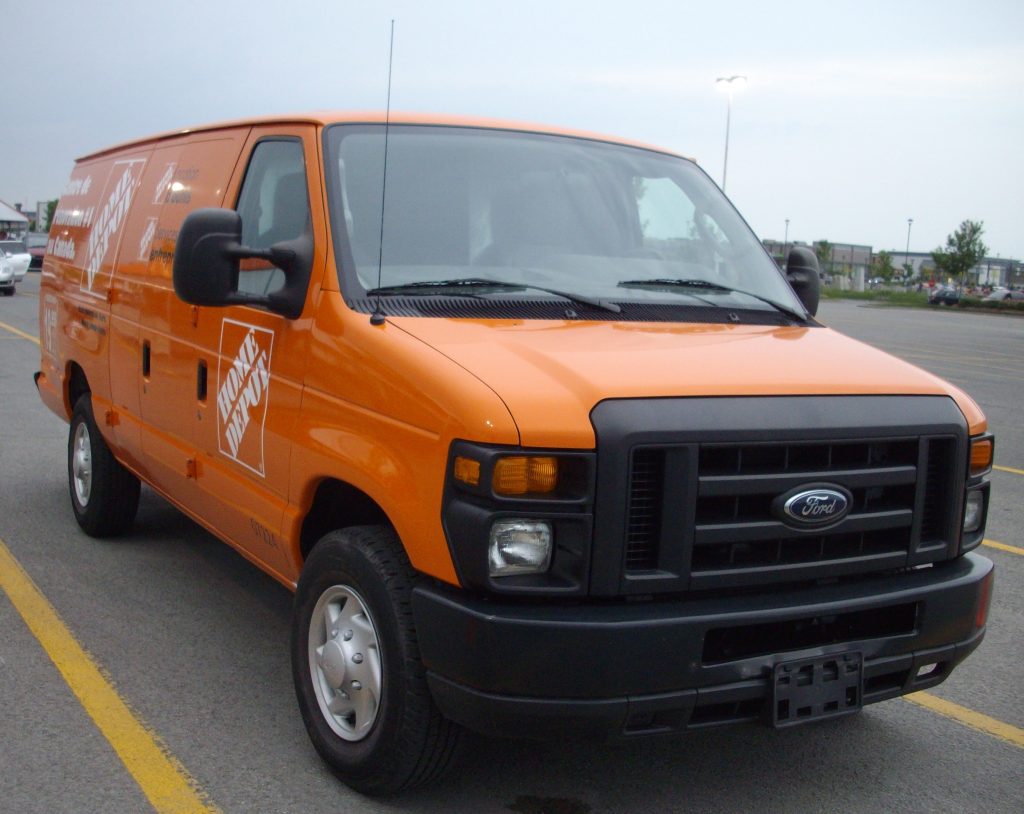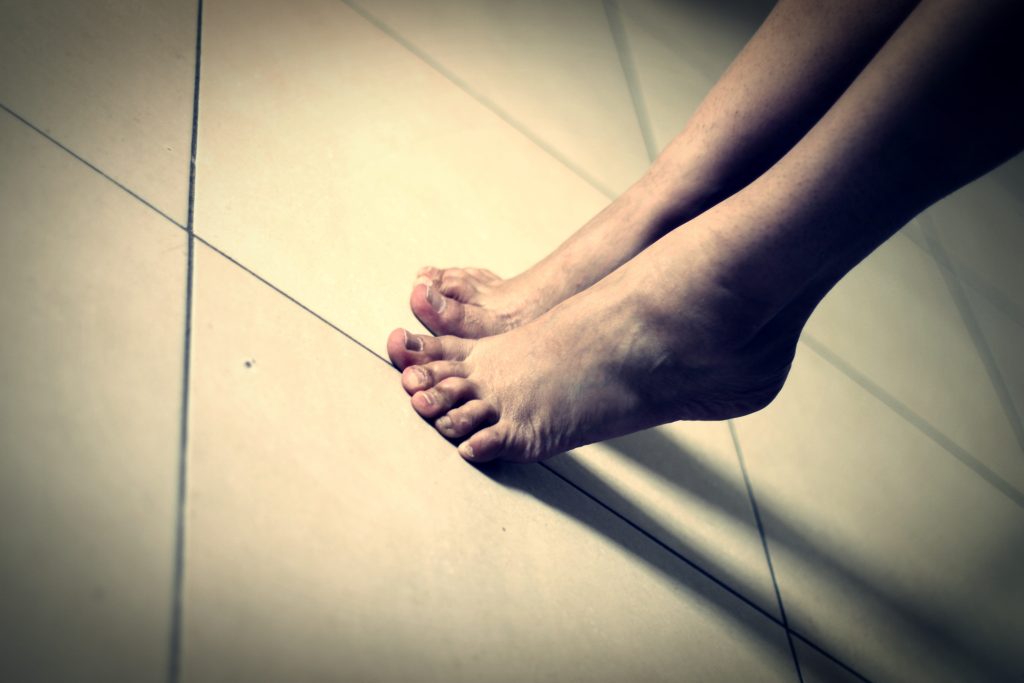 Generally, when you ask an insurance agent for a specific policy, you expect them to honor your request. But what happens when your insurance agent doesn’t procure the coverage you requested for? The following case is an example of a property owner who believed he maintained insurance when he did not.
Generally, when you ask an insurance agent for a specific policy, you expect them to honor your request. But what happens when your insurance agent doesn’t procure the coverage you requested for? The following case is an example of a property owner who believed he maintained insurance when he did not.
Ray Periso claimed he was an invitee to the property owned by Ban Vu when a balcony railing collapsed, causing Periso to fall fifteen feet. Periso also claimed that his subsequent injuries resulted from Vu’s negligence. Periso sued Vu, who then turned to his insurance company to provide coverage and representation for the claim. Vu was then told he didn’t have insurance coverage, which surprised him as he believed he told his insurance agent to “procure all necessary insurance on his properties for personal and property protection. “
To seek coverage, Vu filed a third-party demand against Frazier Insurance Agency, Inc. and Jamie Frazier (collectively referred to as “Frazier”), alleging negligence in not procuring a policy that provided personal liability coverage, as he requested. A hearing occurred in the 22nd Judicial District Court in and for the Parish of Tammany, Louisiana, wherein Frazier sought to exit the litigation by way of a peremption objection. The 22nd JDC ruled for Frazier, and an appeal to the Louisiana Court of Appeal First Circuit followed.
 Louisiana Personal Injury Lawyer Blog
Louisiana Personal Injury Lawyer Blog


 Insurance policies are often lengthy and very complicated. Therefore, understanding who may be liable when an injury occurs is critical, as failure to do so may lead to complex and expensive court proceedings. The following Iberville Parish case demonstrates the problems that arise when multiple insurance companies and policies are involved in one lawsuit and when evidence is not properly admitted.
Insurance policies are often lengthy and very complicated. Therefore, understanding who may be liable when an injury occurs is critical, as failure to do so may lead to complex and expensive court proceedings. The following Iberville Parish case demonstrates the problems that arise when multiple insurance companies and policies are involved in one lawsuit and when evidence is not properly admitted.  A disabling workplace injury can be a nightmare for an employee who suffers physical pain, mental side effects, loss of income, and the uncertainty of litigation. And when large sums of money are involved, an employer will want to fight tooth and nail to avoid liability. This can be particularly distressing when an employee wins at trial only to find the decision has been appealed.
A disabling workplace injury can be a nightmare for an employee who suffers physical pain, mental side effects, loss of income, and the uncertainty of litigation. And when large sums of money are involved, an employer will want to fight tooth and nail to avoid liability. This can be particularly distressing when an employee wins at trial only to find the decision has been appealed.  Police officers can often put themselves in dangerous positions when responding to calls related to domestic violence because tensions and emotions are usually running high. In close-knit communities, it is also not uncommon for victims and perpetrators of domestic violence to have prior relationships with the police. Such was the case for Maringouin’s Chief of Police, John Simien (“Chief Simien”), who was both a friend and family member to Mr. and Mrs. Wright, when he got a call to come to the Wright’s house during a dispute.
Police officers can often put themselves in dangerous positions when responding to calls related to domestic violence because tensions and emotions are usually running high. In close-knit communities, it is also not uncommon for victims and perpetrators of domestic violence to have prior relationships with the police. Such was the case for Maringouin’s Chief of Police, John Simien (“Chief Simien”), who was both a friend and family member to Mr. and Mrs. Wright, when he got a call to come to the Wright’s house during a dispute. 
 Customers have an expectation of safety while shopping in retail stores. When a customer is injured while on the premise, they are entitled to damages. However, a customer may only recover damages if adequate proof is shown. Proof of an unreasonable risk of harm is a critical element of Louisiana slip and fall cases. The following case out of Slidell, Louisiana, shows why facts are crucial when pursuing a slip and fall lawsuit.
Customers have an expectation of safety while shopping in retail stores. When a customer is injured while on the premise, they are entitled to damages. However, a customer may only recover damages if adequate proof is shown. Proof of an unreasonable risk of harm is a critical element of Louisiana slip and fall cases. The following case out of Slidell, Louisiana, shows why facts are crucial when pursuing a slip and fall lawsuit. Have you ever been involved in a car accident that potentially involved two states and wondered which state’s laws would govern your personal injury lawsuit? Say, you have an insurance policy issued in Texas, and you get into a car wreck in Louisiana. Which state’s laws will apply if you file a lawsuit related to the accident? The following case shows how Louisiana Courts use a choice of law analysis to determine what state laws should apply in these situations.
Have you ever been involved in a car accident that potentially involved two states and wondered which state’s laws would govern your personal injury lawsuit? Say, you have an insurance policy issued in Texas, and you get into a car wreck in Louisiana. Which state’s laws will apply if you file a lawsuit related to the accident? The following case shows how Louisiana Courts use a choice of law analysis to determine what state laws should apply in these situations.  Filing for bankruptcy can be an overwhelming experience.
Filing for bankruptcy can be an overwhelming experience. No one wants to experience pain and suffering after spending money and time getting surgery. Nonetheless, some people fall victim to these complications. A person can be prone to injury when a defective product is inserted into their body. This was the case with Kale Flagg.
No one wants to experience pain and suffering after spending money and time getting surgery. Nonetheless, some people fall victim to these complications. A person can be prone to injury when a defective product is inserted into their body. This was the case with Kale Flagg. Calculating appropriate damages for a plaintiff who experiences ongoing injuries from a vehicle accident is complex. Jury awards generally are left undisturbed by appellate courts. The following lawsuit shows how the appeals process can alter a jury’s award for mental and physical pain and suffering.
Calculating appropriate damages for a plaintiff who experiences ongoing injuries from a vehicle accident is complex. Jury awards generally are left undisturbed by appellate courts. The following lawsuit shows how the appeals process can alter a jury’s award for mental and physical pain and suffering.